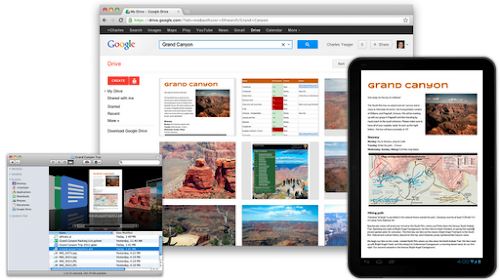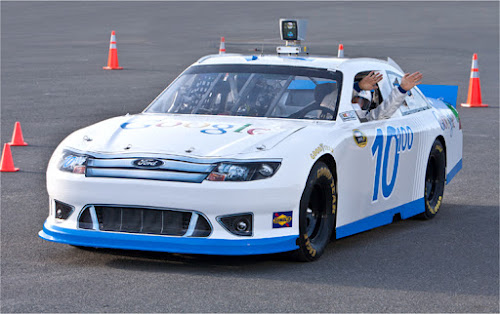Cross-posted from the Google European Public Policy Blog
The digital age generates reams of raw data. Much of that data is interesting or important, but since there’s a lot of it out there it’s often hard to find and analyze. This is where journalists can help. Journalists are experts at delving into complex issues and writing stories that make them accessible—essential skills for dealing with the data deluge of the digital age. In order to support and encourage innovative data journalism, we’re sponsoring a series of prizes all across Europe.
Let’s start in the Nordics, where we recently partnered with Danish newspaper Dagbladet Information and Southern Denmark University’s Center for Journalism to sponsor the Nordic News Hacker 2012 contest. Contestants were asked to create and submit a piece of data journalism—anything from a data mash-up to a new mobile app.
This year’s winner is Anders Pedersen. Ander’s project, Doctors for Sale, inspired by Pro Publica’s Docs for Dollars investigation in the United States, used raw data to uncover doctors who receive money from the pharmaceutical industry. He wins a $20,000 scholarship to work with the Guardian Data Blog in London for one month to further his investigative skills.
Several thousand kilometers south of Denmark at the International Journalism Festival, the Global Editors Network announced the 60 shortlisted projects for the Google-sponsored Data Journalism Awards. Some 320 projects were submitted from a diverse group of applicants including major media groups, regional newspapers, press associations, and entrepreneurial journalists from more than 60 countries. Six winners will be announced during the News World Summit, on May 31, 2012 in Paris.
In Vienna, the International Press Institute recently announced the winners of their News Innovation contest, sponsored by Google. Fourteen projects were selected, including digital training in the Middle East, corruption chasing in the Balkans, and citizen photojournalism in the UK. All use digital data and new technologies to tell stories or reach new audiences. The winners received a total of more than $1.7 million.
Congratulations to all the journalists and publications who are embracing the digital world!













